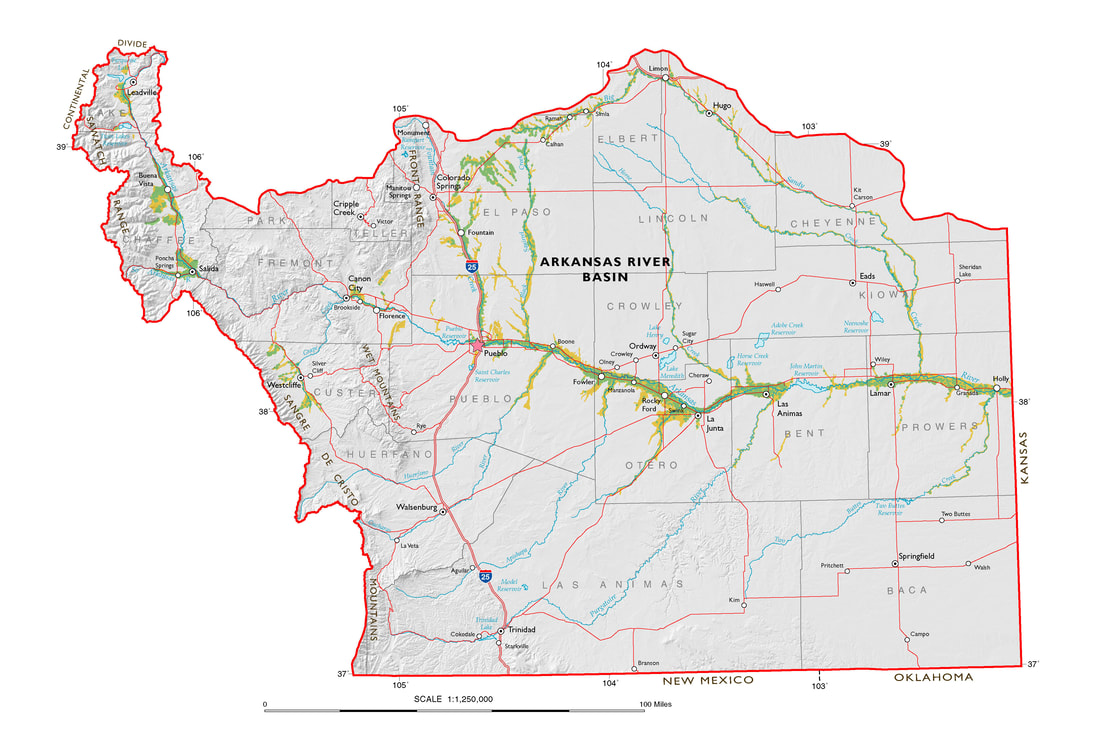ABOUT
The Arkansas Basin has seen robust growth over the past few years. Home to two large cities – Colorado Springs and Pueblo – the Arkansas Basin has seen an increase in competition for the same scarce water resources. As a result of this urban growth, there has been an increase in the transfer of water from agricultural use to municipal and industrial (M&I) uses.
Following the South Platte Basin, the Arkansas Basin is projected to experience the largest increase in M&I water demand by 2050, requiring an increase of between 141,000 AF and 195,000 acre feet (AF) with passive conservation included.
PRIORITIES
The Arkansas Basin has seen robust growth over the past few years. Home to two large cities – Colorado Springs and Pueblo – the Arkansas Basin has seen an increase in competition for the same scarce water resources. As a result of this urban growth, there has been an increase in the transfer of water from agricultural use to municipal and industrial (M&I) uses.
Following the South Platte Basin, the Arkansas Basin is projected to experience the largest increase in M&I water demand by 2050, requiring an increase of between 141,000 AF and 195,000 acre feet (AF) with passive conservation included.
PRIORITIES
- Maintain agricultural viability in the lower basin
- Provide for in-basin augmentation in the upper basin
- Provide for adequate water quality to meet all needs
- Ensure adequate water for future needs:
- Municipal & Industrial
- Agricultural
- Environmental
- Recreational
Arkansas River Line Diagram Map from Southeast Water Conservation Conservancy District.
Contact Us
|
Steve Kastner
Consumptive Vice Chair |
Bob Hamel
Non-Consumptive Vice Chair |
ARWC
PEPO Coordinator |
